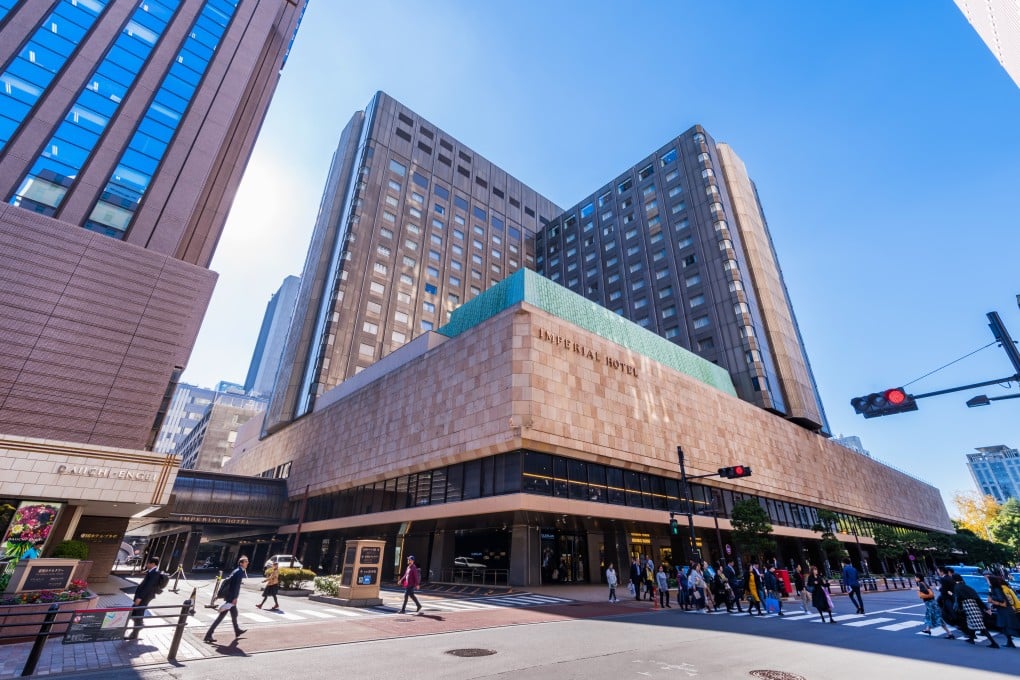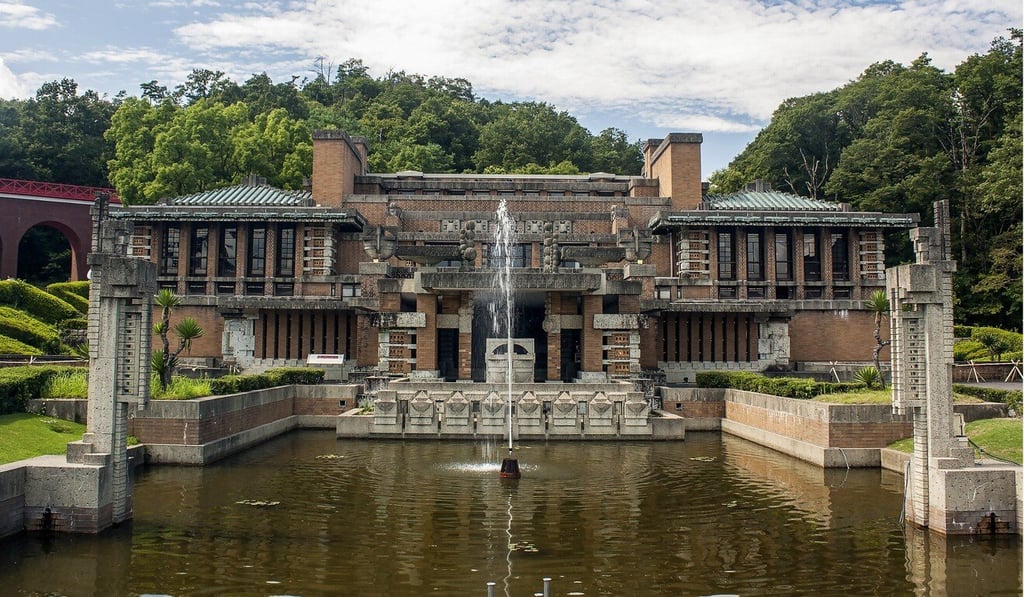In Japan, will Imperial Hotel’s US$2 billion facelift make it finally fit for royalty?
- The storied hotel has hosted distinguished guests from Lee Kuan Yew to Queen Elizabeth, but urban designer Hiroo Ichikawa sees it as a ‘failure of design’
- He’s hoping the owners of the Imperial Hotel, including real estate developer Mitsui Fudosan, will approve a new design that is truly spectacular

The venerable Imperial may be a landmark that has hosted royalty, foreign leaders, world-renowned sporting heroes, and stars of the stage and screen, but an urban designer told This Week in Asia that it was time for a hotel that’s very much a product of the 1960s to be replaced.
Hiroo Ichikawa, a former professor of urban planning and policy at Meiji University, said he considered the present building to be “ugly” and “badly designed” – and that he hoped the new incarnation of the hotel would better reflect the vision of Frank Lloyd Wright, the US architect who designed the cutting-edge second generation of the property, which opened in 1923.

“My honest opinion about the present hotel is that it is a failure of design,” he said. “Frank Lloyd Wright designed a unique and wonderful building and I see this as an opportunity for the owners of the property to really emulate what he did a century ago.
“Right now, the hotel is ugly, and I shall be very disappointed if the new design fails to at least reflect some of the thoughts and design concepts that were in that earlier hotel.”